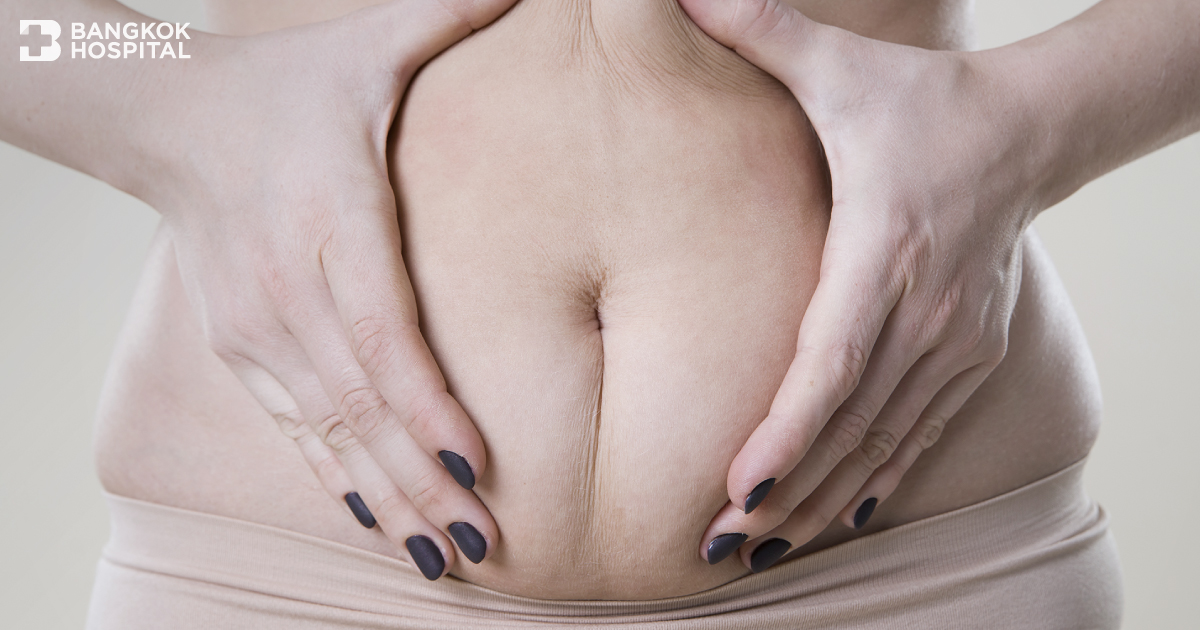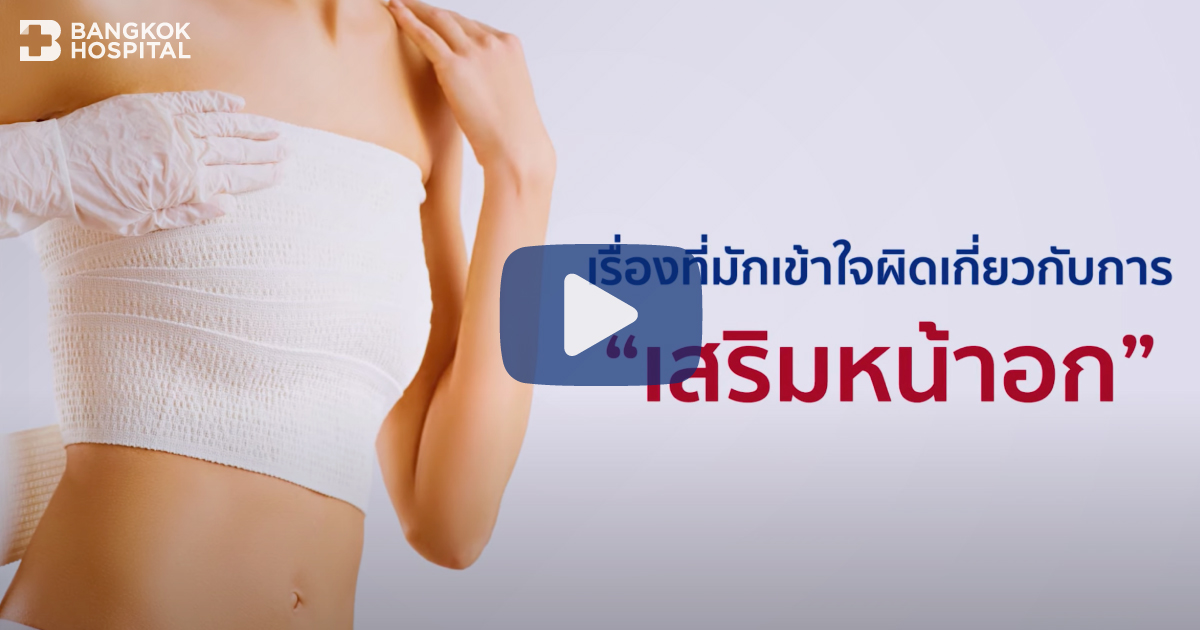Abdominoplasty (Abdominoplasty) to remove the excess skin and fat from the abdomen will help tighten the figure, reduce the area of the abdomen with stretch marks, solve the problem of sagging abdomen, especially those with a significantly saggy lower abdomen but not much fat accumulation. Abdominal fat removal is an appropriate method
Candidates suitable for abdominoplasty
- Individuals who have been pregnant
- Individuals with a protruding, sagging, or drooping abdomen
- Individuals with scars from previous surgeries below the navel
- Individuals who have undergone weight loss and have a significantly saggy abdomen
Preoperative assessment for abdominoplasty
A specialist will conduct a preoperative evaluation for abdominoplasty including
- The amount of skin and fat to be removed
- The desire for liposuction of the abdomen above the navel and around the waist
- Choice of surgery technique, considering the most suitable method
- The desired appearance of the navel
- The size and length of the scar, including its position and curvature
- Abdominoplasty depends on the looseness of the abdominal muscles (Rectus Sheath). Some patients only need skin removal without needing to stitch the abdominal muscles
Abdominoplasty procedure
The abdominoplasty will have a long horizontal incision hidden above the pubic area and the incision will extend from one side of the waist to the other, with the following steps:
- The doctor separates the fat layer from the abdominal muscles, extending up to the xiphoid process and rib cage level
- Suture the sheath around the abdominal muscles (Rectus Sheath) together to tighten the waist and abdominal area
- Pull the abdominal skin taut enough and then remove the excess
- The navel will protrude at its original position on the abdomen, sometimes it may seem to be pulled down a bit
- Close the incision at the subcutaneous layer and skin
- Insert a drain for lymph and blood, which will be removed when the drainage is minimal

Risks and side effects
Risks and side effects of abdominoplasty include
- General risks
- Infection, bleeding at the surgical site as with any surgery, depending on various factors such as chronic diseases, medication intake, and health conditions
- Pain at the surgical site, but pain can be managed with painkillers
- Specific risks
- The surgical scar may become raised or widen
- Difficulty in wound healing and potential loss of some skin tissue
- Numbness in the abdominal area for about 6 months or longer, but it will gradually improve
- Lymph fluid accumulation longer than expected at the incision site
Preparation before abdominoplasty
- Inform the doctor about health problems, serious diseases, chronic conditions, surgical history, anesthesia history, loose teeth, dentures, and tooth-related issues, as well as allergies to medicine, food, or others
- In cases of risk factors or chronic diseases, physical preparation such as X-rays, blood tests, electrocardiograms, or consulting with a specialist in internal medicine will be arranged to ensure readiness for surgery and anesthesia
- Avoid certain drugs, supplements, herbs that may affect surgery such as painkillers, aspirin, vitamin D, vitamin C, and fish oil, at least 7 days before surgery, and bring all regular medications and herbal supplements to the hospital to inform the doctor on the day of surgery
- Avoid smoking approximately 2 – 4 weeks before the surgery to prevent tissue necrosis due to reduced blood supply; if you are a heavy smoker, let the doctor know and avoid smoking for at least 2 weeks after surgery
- Abstain from alcohol within 24 hours before surgery and refrain for at least 1 week after surgery
- Bathe and wash your hair, especially the abdomen, navel, genital area, and thighs
- Avoid food and water as instructed by the doctor to prevent aspiration of stomach juices or food particles into the lungs during anesthesia
- Eat soft food the day before surgery as you will not be able to go to the bathroom for bowel movements after surgery
- Prepare loose clothing for going home, in case you have an abdominal binder, you can bring it depending on the doctor’s advice

Postoperative care for abdominoplasty
- After abdominoplasty, it is advisable to stay in the hospital for at least 1 – 2 days or until the drainage tube is removed
- Lie in a curled position to alleviate tension on the wound
- When coughing, sneezing, laughing, or having a bowel movement, press a pillow tightly against the abdomen to reduce muscle strain in that area
- After surgery, a urinary catheter will be placed, which the doctor will remove when appropriate, usually the next day before going home
- Get out of bed and walk short distances with a slight bend in the back to prevent tension on the wound under the supervision of experienced nursing staff
- The surgical wound will be most evident and swollen in the first 3 days, but it will subside within 7 – 14 days and fully within 3 months, gradually improving within 1 – 2 years. If the scar becomes raised or thickened, it may require injections for scar treatment
- In the first week after returning home, avoid showering alone but wipe down instead, as dizziness and fainting can occur in the shower. If itching or discomfort occurs, powder can be applied but strictly not on the wound area
- Avoid heavy lifting or strenuous exercise 6 weeks, but driving and light work are possible within 7 – 14 days
- Tightly wrap the abdominal binder for at least 6 weeks, making sure there are no wrinkles on the abdominal binder, and wear it continuously for 2 – 6 weeks to help support the abdomen, reduce swelling, and maintain a good shape
However, if you plan to have children in the future, you should not undergo abdominoplasty and muscle tightening, as the abdomen may become saggy again. It is recommended to consult with a specialist in detail before undergoing abdominoplasty.









